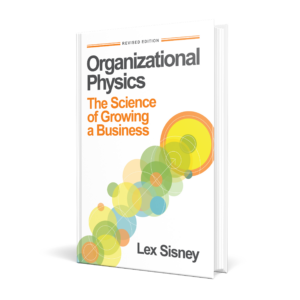The Second Business Unit: How to Manage It

The purpose of this article is to talk about the launch and growth of your second business unit, which could be a new product line or a new geographic market that complements the core or original product line or market.
The main point I want you to take away from this article is this: If your company is having trouble launching and growing its second business unit, then you likely need to address a design flaw in the original or core business unit first.
My own experience as a CEO was that I struggled to lead the launch of the second business unit against the incessant demands of the core business because I didn’t understand this concept well enough.
A majority of my coaching clients are looking for help with launching their second unit, whether it’s a new product or new market, while thinking that things are going pretty well in their core unit. They just need some guidance on launching the second. But after diving into the situation, the client CEO quickly realizes that for the second unit to thrive, the core unit must first evolve.
Since this issue is not well understood, I hope to shed some light on it in this article and share my approach to solving it.
The Health of the Mother Determines the Growth of the Child
Fundamentally, what you’re trying to achieve with the launch of a second business unit is to have the “mass” of the core business executing swiftly and profitably against changing external and internal conditions and with enough capacity and wherewithal to simultaneously pilot, nail, and scale the second unit.
What I didn’t appreciate fully until I had been through it as a CEO myself is that despite all our attempts to free up the […]


 Lex Sisney @ Commission Junction: The Llama Farmer Who Popularized Affiliate Marketing
Lex Sisney @ Commission Junction: The Llama Farmer Who Popularized Affiliate Marketing I found the recent
I found the recent  SWOT is a solid framework for strategic planning. The concept is pretty simple and has been around since the 1960s. The idea behind it is that, to achieve operational excellence and drive the right strategy, you should assess your organization’s internal Strengths and Weaknesses and its external Opportunities and Threats (SWOT).
SWOT is a solid framework for strategic planning. The concept is pretty simple and has been around since the 1960s. The idea behind it is that, to achieve operational excellence and drive the right strategy, you should assess your organization’s internal Strengths and Weaknesses and its external Opportunities and Threats (SWOT).